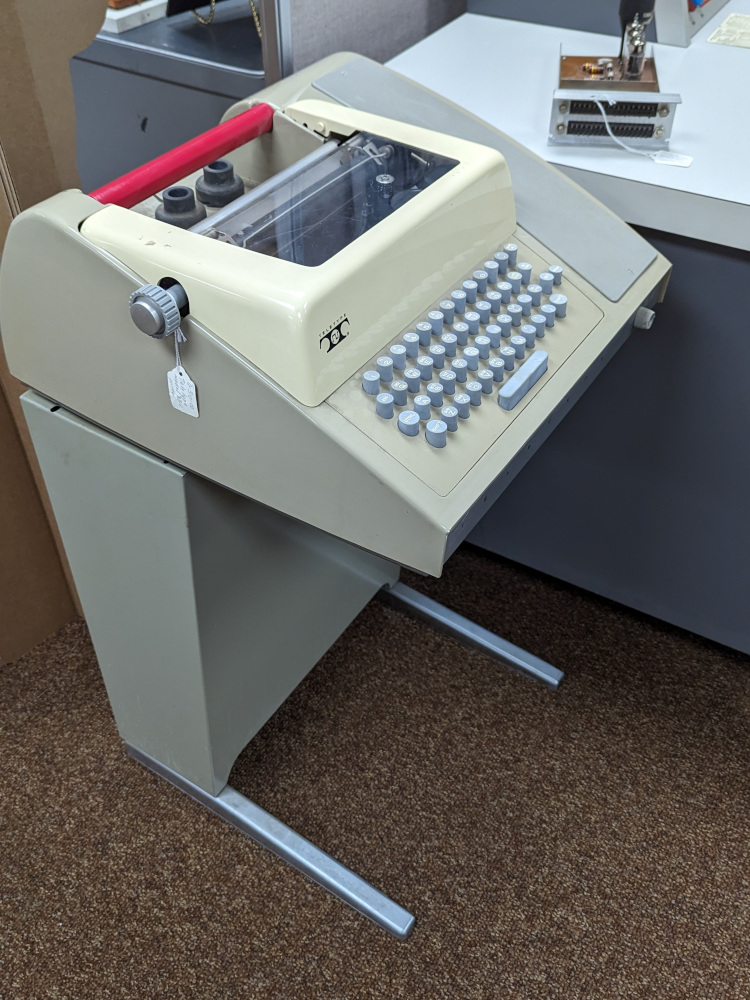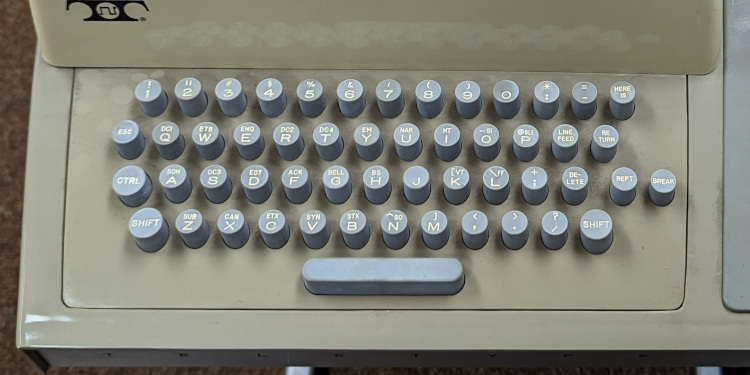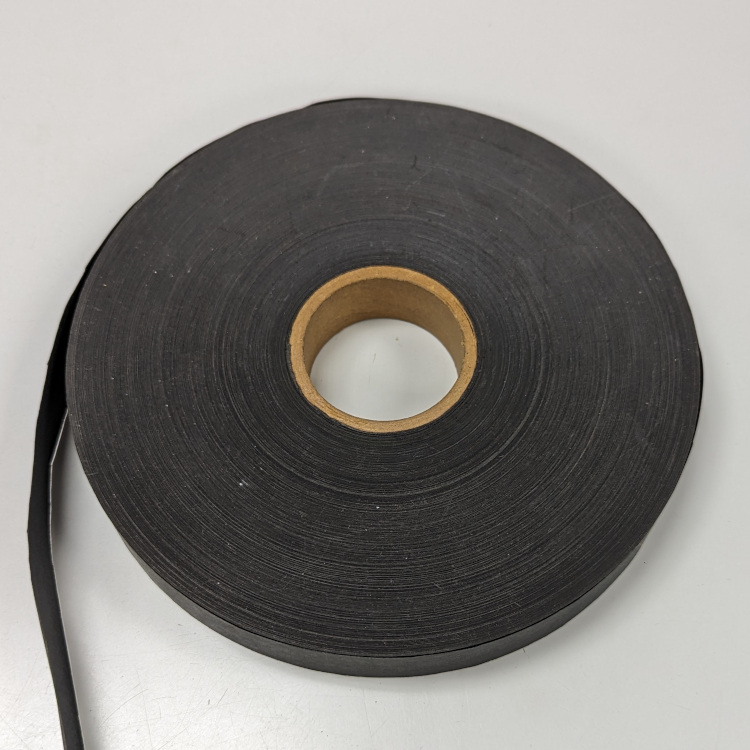 A look back: The Teletype Model 33
A look back: The Teletype Model 33
This milestone in computing history is an excellent look back at how technical writers created documentation in an era before the desktop word processor.
Before the era of laptops and desktops with the friendly graphical displays, computer centers used some form of terminal. The earliest terminals were not much more than typewriters that could connect to a computer system; in fact, these early terminals printed on a giant roll of continuous paper fed through the back of the machine.
The Teletype Model 33
One of the most popular of these terminals was the Teletype Model 33 terminal, originally produced in 1963, and remaining in production through much of the 1970s. The Model 33 came in three variants:
The Model 33 RO (also called the Model 3300) was a very basic terminal for output-only, such as for remote locations that only needed to receive updates from a central location. "RO" stood for "Receive Only."
The Model 33 KSR (3310) featured a keyboard that allowed an operator to type commands and text into the terminal. This was the most common use of the Teletype 3301, to interact with a main computer system. The "KSR" was an abbreviation for "Keyboard Send and Receive."
The Model 33 ASR (3320) also provided an add-on device that could punch data on a reel of paper tape, to be read back later - either using the 3320's paper tape reader or on another system that could read paper tape. "ASR" stood for "Automatic Send and Receive."
When I was an undergraduate physics student in the early 1990s, our department had a small room with several video terminals so students could connect to either the University's VAX or Unix systems. That "terminal room" also included a Teletype Model 3320; with a flip of a switch on a terminal box, we could print to the 3320 as a loud, slow printer.
However, all versions of the Teletype Model 33 could only print in uppercase. This wasn't an issue for us to print copies of our FORTRAN 77 programs, which were all-uppercase anyway. Although it meant we couldn't use the 3320 to print our class papers, which needed uppercase and lowercase letters.
As undergraduate students in the 1990s, we were far removed from paper terminals, so we didn't properly appreciate the history of the 3320 in our computer lab. However, a few of us enjoyed the thrill of lightly tapping the paper tape unit to induce a few "flakes" of tiny circular paper punches to fall to the floor like snow. The paper tape unit had a reservoir that held the discarded punches, and the unit likely hadn't been emptied prior to repurposing the 3320 as a printer.
Hands-on with a Model 33
Recently, I visited the Chippewa Falls Museum of Industry and Technology in Chippewa Falls, Wisconsin. The museum is an excellent time capsule about Cray Research and other computers and technology of the era. (Seymour Cray, founder of Cray Research, was born and grew up in Chippewa Falls.)
In the week prior to my visit, the museum received a donated Model 33 terminal. I was excited to revisit the Model 33, now with an appreciation for its significance in computing history.

Technical writers, like any professional who used a terminal at the time, used the Model 33 to write all kinds of documentation. Even the early Unix PDP-11 at Bell Labs used Model 33 ASR terminals - although the Unix team later replaced them with Teletype's Model 37 terminals, which supported both uppercase and lowercase characters.
The Model 33 keyboard was awkward by today's standards. Brian Kernighan writes in his book Unix: A History and a Memoir that "it took considerable physical force to type on a Model 33, and printing was slow." (p. 44) This is why many original Unix commands are two letters long, such as cp to copy files, rm to remove files, and ls to list files.

The museum's Model 33 was the KSR model, which lacked the paper tape unit. However, the museum did have another paper tape machine on display, with a reel of paper tape. Paper tape was a slightly heavier stock than today's typical printer paper; the thicker stock was necessary to avoid accidental damage and tears in the tape. The museum's paper tape was black, but paper tape could come in a variety of colors; the paper tape punches in the terminal lab of my university days were off-white.

On a Model 33, input and output was printed to the same roll of paper. Necessarily, that meant that "backspace" was not a simple matter of backing up over the previous character.
Document preparation
As you might guess by looking at the Model 33, printing input and output text on a continuous paper roll meant that technical writers could not use a word processor like we think of them today. The era of the video terminal started in the 1970s, although the first video display units basically replaced paper terminals; text scrolled continuously from the bottom of the screen.
Without a word processor, anyone writing documentation with a Model 33 needed a document preparation system. Jerry Saltzer's RUNOFF was one such document preparation system, although it wasn't intended for the Model 33's uppercase-only accommodation. But such document preparation systems were not difficult to create, including roff on the original Unix, later replaced with nroff (new roff) in Unix 2nd Edition (1972).
Printing output to a Model 33 was relatively straightforward. To print a finished document, the technical writer advanced the paper and started a print job. The early Unix systems provided a type command that would support the Teletype; type would print 66 lines of output then wait for the operator to press a key before printing the next page. This allowed the user to load a new sheet of paper into the Teletype.
I enjoyed exploring the Model 33 at the museum. This milestone in computing history is an excellent look back at how technical writers created documentation in an era before the desktop word processor.
